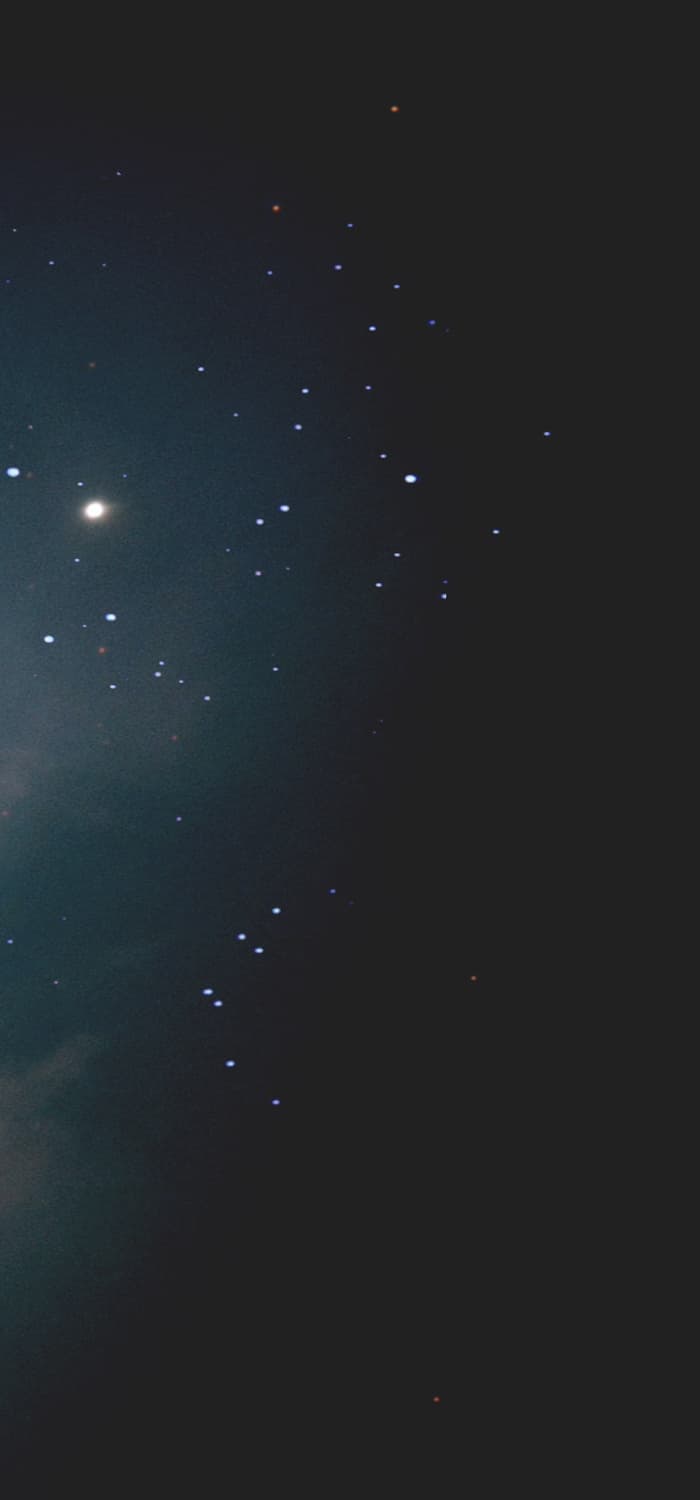Independence Day (USA)
Independence Day is a U.S. federal holiday commemorating the Declaration of Independence of the United States, on July 4, 1776.


Independence Day is a U.S. federal holiday commemorating the Declaration of Independence of the United States, on July 4, 1776.
Mercury will reach its greatest separation from the Sun in its Jun–Jul 2021 morning apparition. It will be shining brightly at mag 0.3.
The Moon’s distance from Earth varies throughout its monthly orbit because the Moon’s orbit isn’t perfectly circular. Every month, the Moon’s eccentric orbit carries it to apogee – its most distant point from Earth – and then, some two weeks later, to perigee – the Moon’s closest point to Earth in its monthly orbit. - earthsky.org
Sir William Lawrence Bragg was an Australian-born British physicist and X-ray crystallographer, discoverer (1912) of Bragg's law of X-ray diffraction, which is basic for the determination of crystal structure. He was joint recipient (with his father, William Henry Bragg) of the Nobel Prize in Physics in 1915, "For their services in the analysis of crystal structure by means of X-rays"; an important step in the development of X-ray […]
New Moon. By the modern definition, New Moon occurs when the Moon and Sun are at the same geocentric ecliptic longitude. The part of the Moon facing us is completely in shadow then. Pictured here is the traditional New Moon, the earliest visible waxing crescent, which signals the start of a new month in many […]
Mars will be at the farthest point in its orbit around the Sun on this date - 154,425,919.9 miles.
Jonas Ferdinand Gabriel Lippmann (16 August 1845 – 13 July 1921) was a Franco-Luxembourgish physicist and inventor, and Nobel laureate in physics for his method of reproducing colours photographically based on the phenomenon of interference. - Wikipedia
Macke R. J., Opeil C. P., Britt D. T., and Consolmagno G. J. will discuss "Thermal Properties of Lunar Material in Permanently Shadowed Regions" at the 2021 NASA Exploration Science Forum & European Lunar Symposium. Session date and time TBD.
The Moon is at First quarter on this date -it will be visible high in the southern sky in early evening.